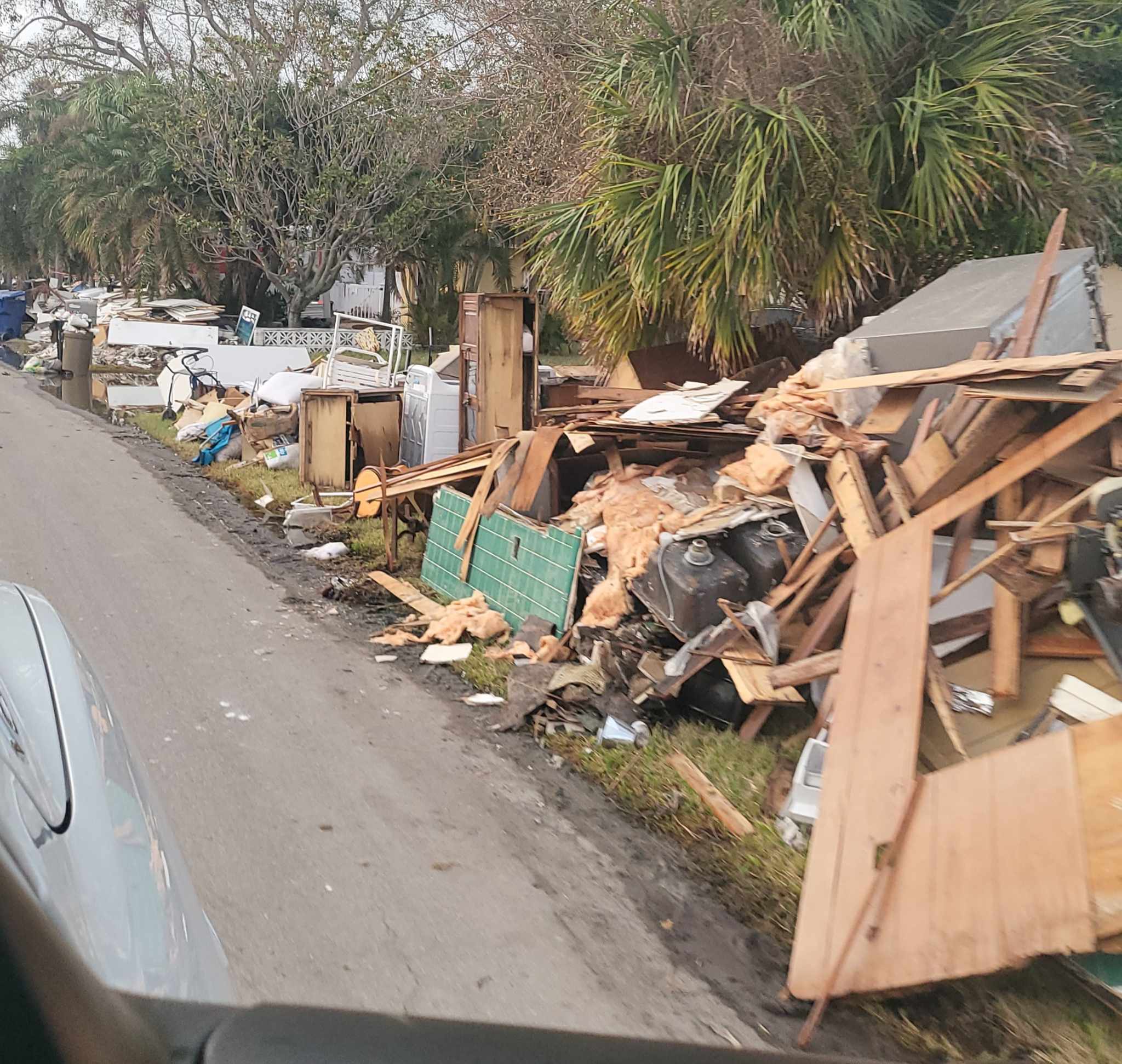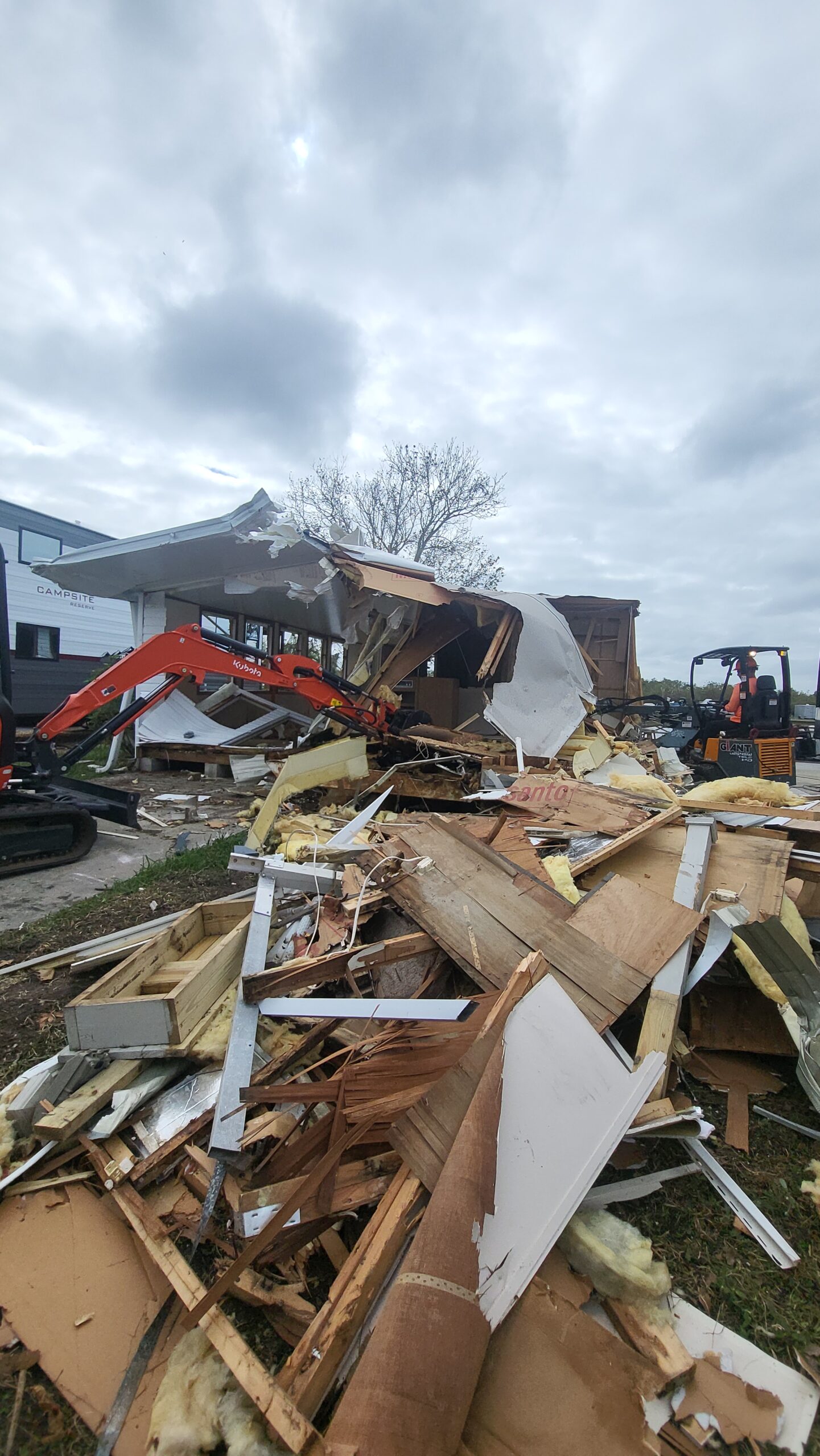
Streamlining the Cleanup Process
Efficient cleanup begins with careful planning. Establishing a clear workflow and delineating tasks among crew members can greatly enhance productivity. Early in the process, communication is key. By keeping everyone informed of their duties and the overall objectives, teams can minimize downtime and maintain focus on debris removal. Call for a Free Estimate 813-597-7922
Utilizing the right tools and methods for Construction Debris Collection Hop over here to discover more. can significantly reduce time spent on cleanup. Manual methods may work well for smaller sites, but mechanical options can offer substantial time savings for larger projects. Investing in the appropriate equipment ensures that debris is collected quickly and effectively, leading to a smoother transition back to normal operations.
Creating a Cleanup Schedule and Timeline
Establishing a schedule and timeline for cleanup activities is essential for an efficient construction site. A well-defined plan helps set expectations for the team and ensures that all personnel are on the same page regarding cleanup tasks. Begin by identifying key milestones in the construction process when debris accumulation is likely to peak. This allows for targeted cleanup efforts that coincide with the project’s timeline. Regular intervals for debris collection should be included, aligning with project phases to keep the site safe and organized.
Incorporating feedback from the team when creating the cleanup schedule can enhance effectiveness. By involving all workers in the planning phase, you can account for unique challenges or potential obstacles that may arise during construction. Clearly outline responsibilities that correspond with the timeline, ensuring everyone understands their roles in the Construction Debris Collection process. This collaborative approach fosters a sense of ownership among team members and promotes a more proactive attitude towards maintaining a clean and safe work environment.
Involving the Whole Team
Including everyone on the team in the cleanup process fosters a sense of accountability and ownership. Each member can contribute valuable insights on how to best tackle the task at hand. By encouraging open communication, teams can identify potential challenges and brainstorm solutions together. A coordinated approach not only speeds up the process but also enhances teamwork and morale.
Clearly assigning roles and responsibilities is crucial for an effective cleanup strategy. Each team member should understand their specific tasks related to Construction Debris Collection. Designating leaders for different cleanup areas can streamline efforts and ensure that no debris goes overlooked. With a well-structured plan in place, the entire team can work together more efficiently, making for a smoother and more organized cleanup experience.
Assigning Roles and Responsibilities
Assigning specific roles and responsibilities for construction debris collection enhances efficiency and ensures that every team member knows their tasks. Designate a cleanup coordinator to oversee the entire process, maintaining communication between crew members and ensuring that debris is collected safely and effectively. Additional roles can include team leaders responsible for specific areas of the site, making certain that no debris is overlooked and that cleanup progresses smoothly.
Involving skilled laborers in the manual collection portion will allow for a more thorough and hands-on approach while operators of machinery can focus on larger debris removal. Clearly defined responsibilities help create a more organized environment, reducing the likelihood of accidents or miscommunication. Establish regular check-ins to monitor progress and address any challenges as they arise, keeping everyone aligned on the common goal of efficient construction debris collection.
Effective Debris Collection Techniques
Manual and mechanical cleanup techniques both have their advantages when it comes to construction debris collection. Manual methods involve the use of basic tools like shovels, brooms, and bags. This approach allows for careful sorting of materials, ensuring that recyclables and hazardous waste are properly separated. Workers can also assess the site more closely, identifying smaller debris that may be missed by machinery. Call for a Free Estimate 813-597-7922
On the other hand, mechanical cleanup techniques can significantly speed up the debris collection process. Equipment such as skid steers, excavators, and compactors can handle large volumes of waste efficiently. These machines are particularly beneficial for heavy materials like concrete and steel. Combining manual and mechanical methods can maximize efficiency while ensuring thorough cleanup, making the process more effective and less time-consuming.
Tips for Manual vs. Mechanical Cleanup
When it comes to construction debris collection, manual cleanup techniques remain essential for addressing smaller, intricate areas that machines might struggle to access. Workers equipped with gloves, trash bags, and brooms can efficiently gather smaller materials like nails, broken glass, and wood scraps. This hands-on approach allows for more detailed attention to the site, ensuring that even the tiniest hazards are removed and that the space is left tidy.
Mechanical cleanup methods, such as using skid steers or vacuum trucks, significantly enhance efficiency in managing larger piles of debris. These machines can swiftly transport bulky materials while minimizing the physical strain on workers. Utilizing equipment can expedite the collection process, especially for heavy items like metal beams or concrete fragments, making it easier to maintain a safe and organized construction site.
FAQS
What is the best way to create a cleanup schedule for a construction site?
The best way to create a cleanup schedule is to assess the project timeline, identify key cleanup milestones, and allocate specific days or times for debris collection. This schedule should be communicated to the entire team to ensure everyone is on the same page.
Why is it important to involve the whole team in the cleanup process?
Involving the whole team ensures that responsibilities are shared, promotes accountability, and fosters a sense of teamwork. This collective effort can lead to a more efficient and thorough cleanup, and it helps to keep morale high on the job site.
What roles should be assigned during the cleanup process?
Roles can include a cleanup coordinator to oversee the process, team members responsible for specific areas, and individuals dedicated to operating machinery if mechanical cleanup is involved. Clear assignment of roles ensures that all aspects of the cleanup are covered effectively.
What are some effective techniques for manual debris collection?
Effective techniques for manual debris collection include using proper lifting techniques to avoid injury, organizing debris into designated piles for easy disposal, and wearing appropriate safety gear. Additionally, regularly scheduled breaks can help maintain energy and focus.
When should I use mechanical cleanup methods instead of manual ones?
Mechanical cleanup methods should be used when dealing with large volumes of debris, heavy materials, or when time constraints make manual methods impractical. Equipment such as skid steers, excavators, or compactors can speed up the process significantly while also reducing physical strain on workers. Call for a Free Estimate 813-597-7922


